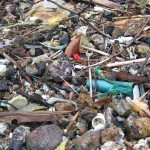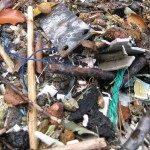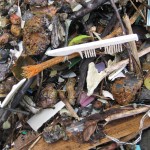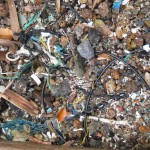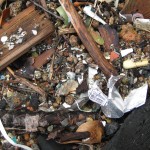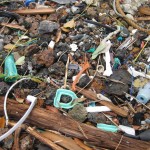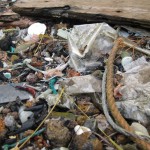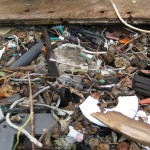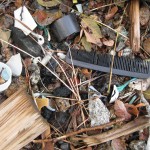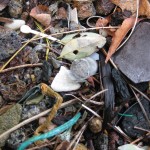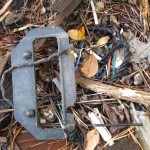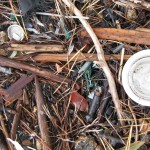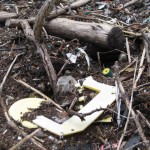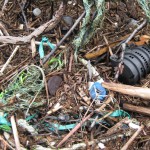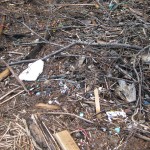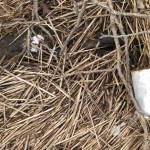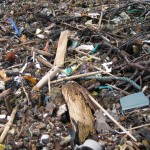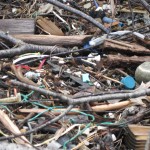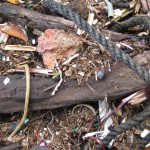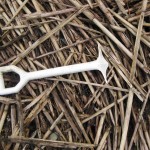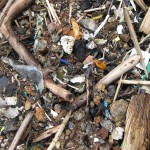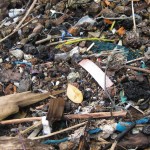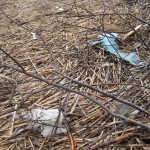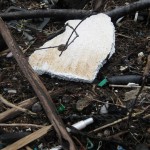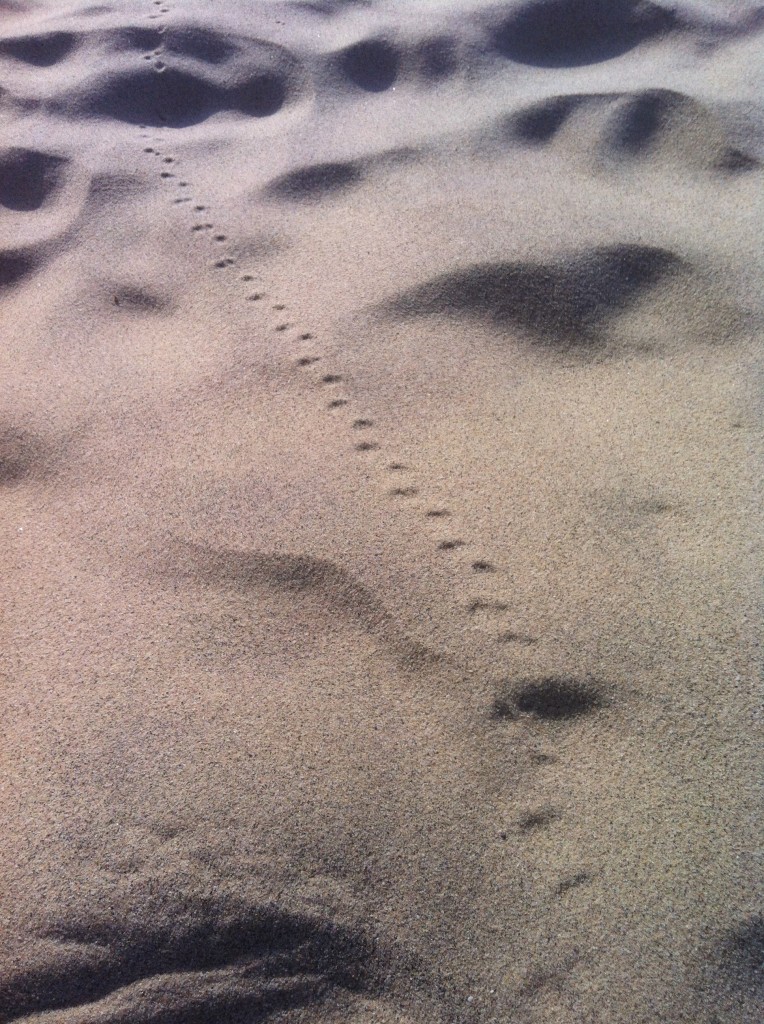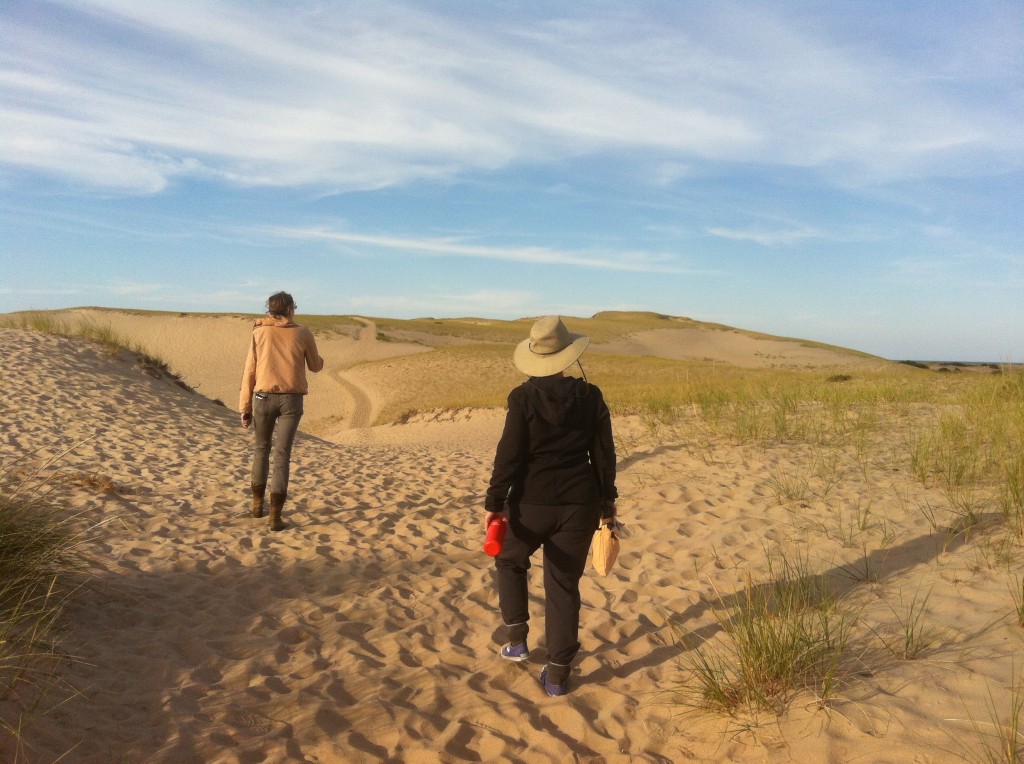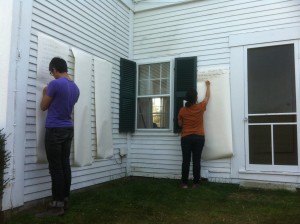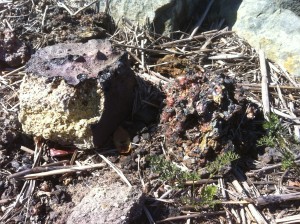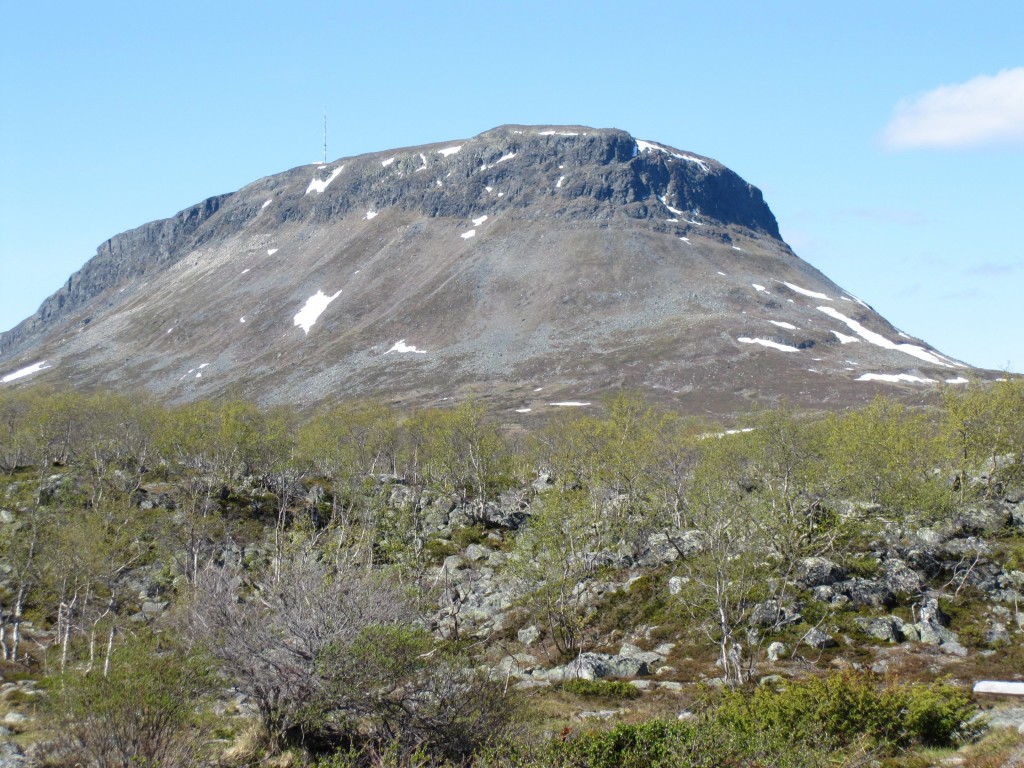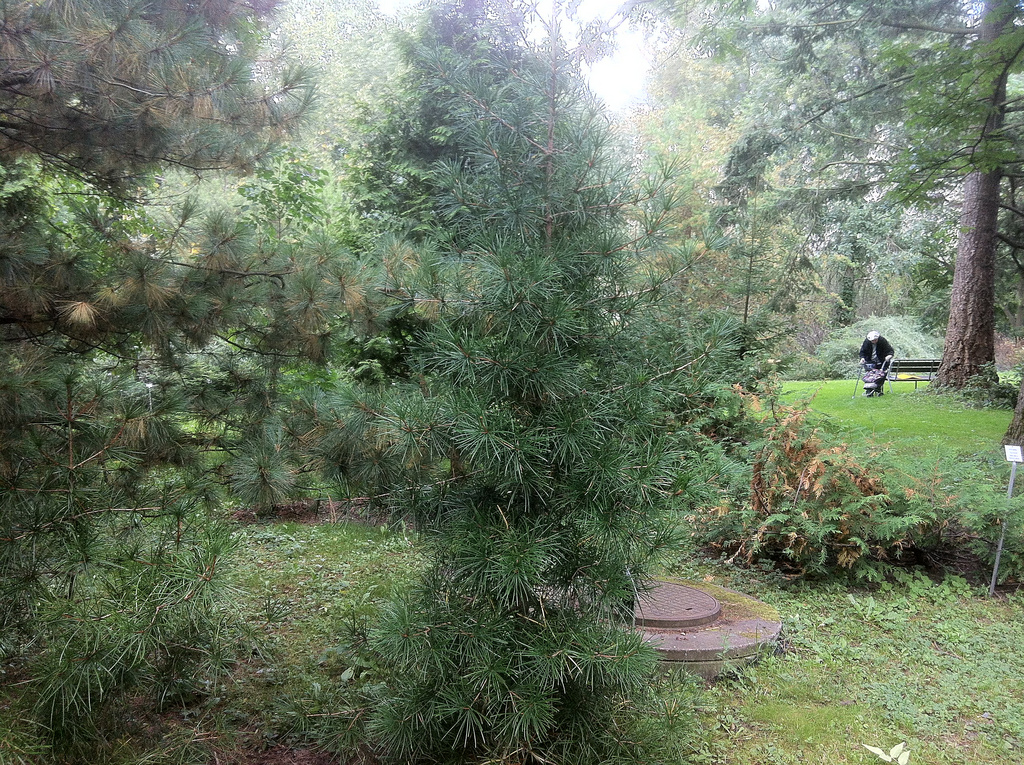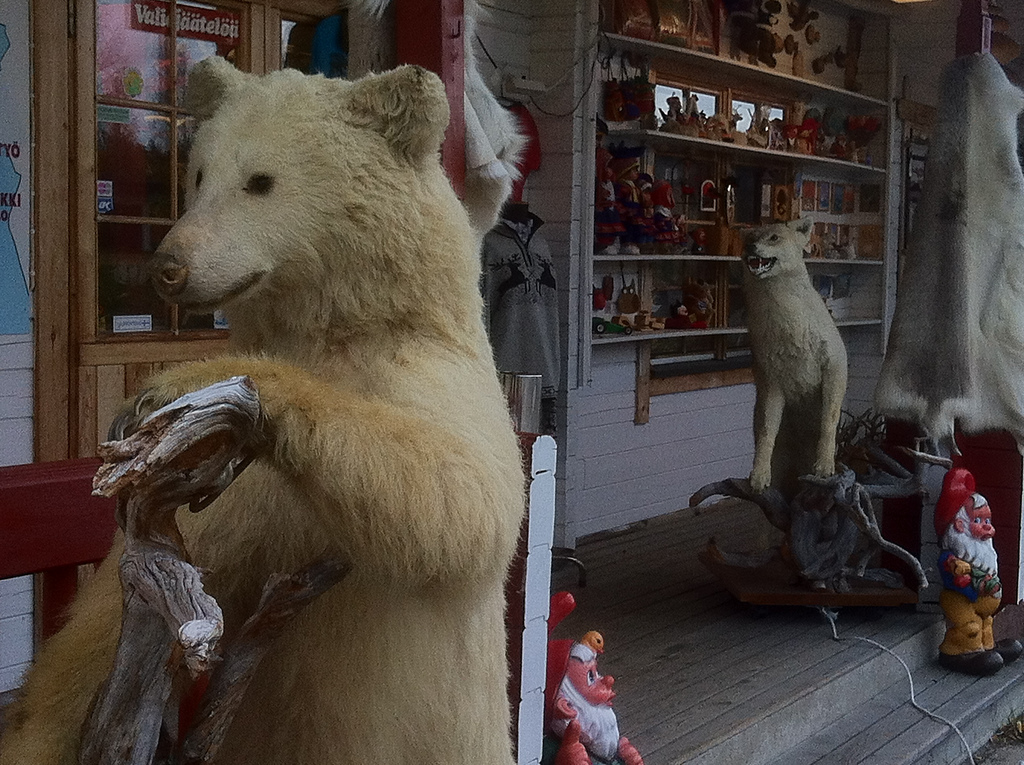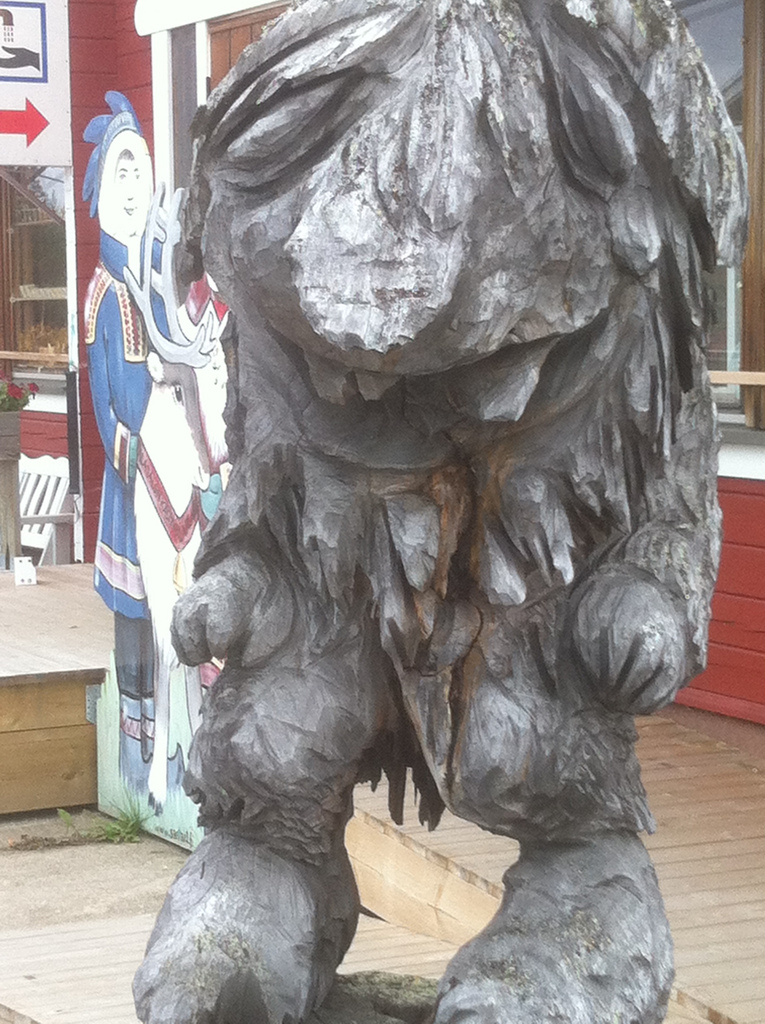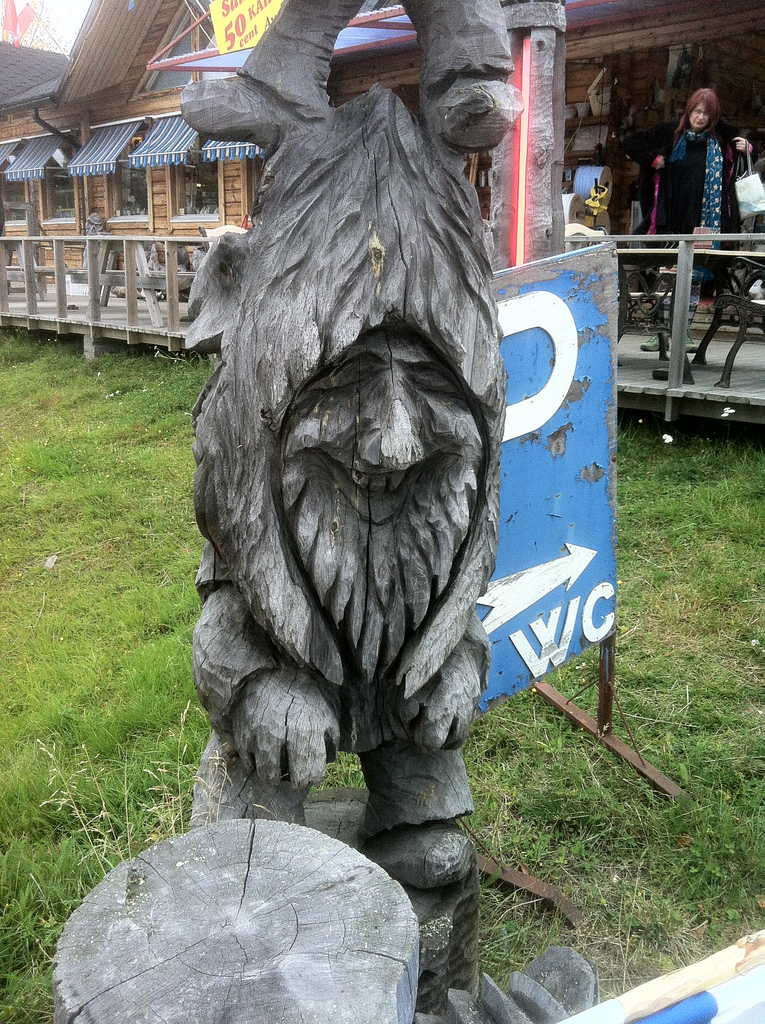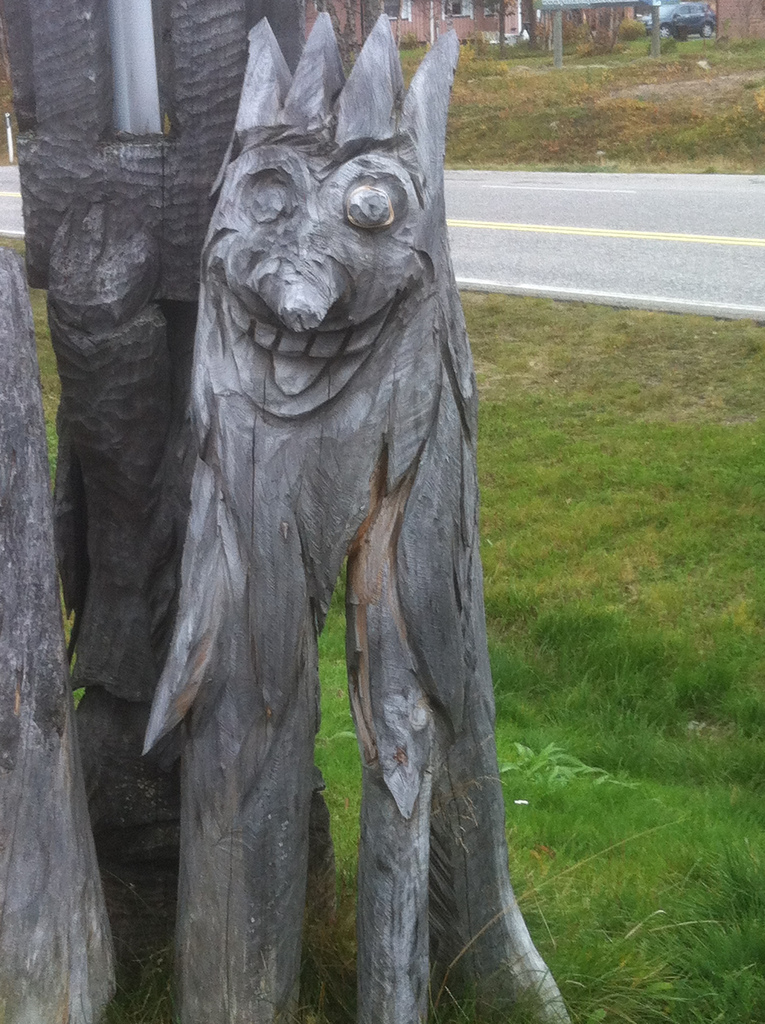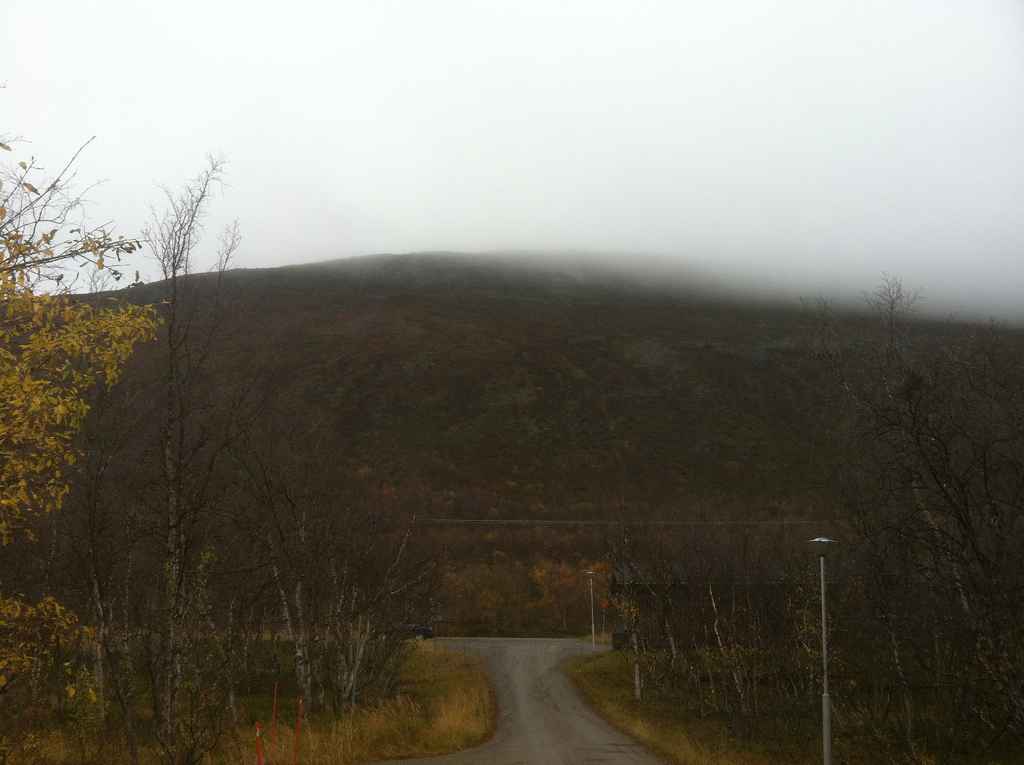The Sea and the Desert is a chapter in Henry David Thoreau’s chronicle of his extensive ‘sojourning’ around Cape Cod in the 1860’s.
We might think of rising sea levels and creeping desertification as uniquely contemporary symptoms of anthropogenic climate change but Thoreau noticed them way back in his day, recording with his characteristic eye for detail, a great many meteorological, ecological and human phenomena that together create the shifting territory of the thing we call ‘the Cape.’
This desert extends from the extremity of the Cape, through Provincetown into Truro, and many a time as we were traversing it we were reminded of “Riley’s Narrative” of his captivity in the sands of Arabia, notwithstanding the cold. …. In one place we saw numerous dead tops of trees projecting through the otherwise uninterrupted desert, where, as we afterward learned, thirty or forty years before a flourishing forest had stood, and now, as the trees were laid bare from year to year, the inhabitants cut off their tops for fuel.
Though Cape Cod has been in a state of constant flux ever since it was first bulldozed into place by the glaciers of the last ice age, there is a certain poignancy to its more recent, post-colonial history, as one of the first landfalls of European incursion into North America. The successive human waves that broke upon its shores left their own layers of deposition–the accumulated strata of hopes, ambitions and failures are embedded all over the landscape, if one knows where to look.
Thoreau encapsulated the protean quality of the Cape so beautifully:
The sea-shore is a sort of neutral ground, a most advantageous point from which to contemplate this world. It is even a trivial place. The waves forever rolling to the land are too far-travelled and untamable to be familiar. Creeping along the endless beach amid the sun-squall and the foam, it occurs to us that we, too, are the product of sea-slime.
It is a wild, rank place, and there is no flattery in it. Strewn with crabs, horse-shoes, and razor-clams, and whatever the sea casts up,—a vast morgue, where famished dogs may range in packs, and crows come daily to glean the pittance which the tide leaves them. The carcasses of men and beasts together lie stately up upon its shelf, rotting and bleaching in the sun and waves, and each tide turns them in their beds, and tucks fresh sand under them. There is naked Nature, inhumanly sincere, wasting no thought on man, nibbling at the cliffy shore where gulls wheel amid the spray.
There is still a seething, hissing quality about the place; a sort of fragility too, as if all the quaint human infrastructure, the architectural bric-a-brac of National Seashore information kiosks, the tourist shops and thriving gay bars of Provincetown, the upscale beach houses and black-topped roads could all be washed away with the slightest turning in the weather.
Given my interest in disturbance ecologies, I was thrilled to be offered an artist’s residency at one of the Cape’s oldest houses, at a place called Phats Valley near the town of Truro. I was joined there by my friends and collaborators, Liz Ellsworth and Jamie Kruse of the New School, whose artistic practice focuses primarily on matters geologic and the study of deep time, and who both have had a long term aesthetic engagement with the landscape and culture of the Cape.
We set ourselves a mission of a contemplative nature: to endeavour to capture something of the essence of our locality in its current, Anthropocenic, moment; to attune ourselves to its ephemerality by simply walking, pausing and observing. Our inspiration was the 17th century Japanese poet Bāsho, who set set out on a five-month journey, documented in his poetic chronicle: Narrow Road to the Interior. While traveling, Bashō drew upon and modified the traditionally collaborative haiku practice known as renga, which incorporates sensations of place, events and allusions to literature, history and myth. Renga, in its most basic form, is written by multiple authors who link their verses, building upon each other’s words under the inspiration of the environmental and social contexts of the moment (the trees in bloom, the stage of the moon, and who else is present at the renga party.) At its best renga embodies the impermanence, the ‘this-ness,’ of an instant in time.
Deleuze gave (this) ‘this-ness’ a name, calling it haecceity, from the Latin ‘to behold.’
A season a winter, a summer, an hour, a date have a perfect individuality lacking nothing, even though this individuality is different from that of a thing or a subject. They are haecceities in the sense that they consist entirely of relations of movement and rest between molecules or particles, capacities to affect and to be affected.
A Thousand Plateaus: Capitalism and Schizophrenia (with Felix Guattari)
With the inspiration of Thoreau and Bāsho to guide us, Liz, Jamie and I set out under the great blue vault of a magnificent late summer sky to begin what the theorist Jane Bennett refers to as microvisioning, in reference to the way Thoreau practiced his art of engaged observation and deep attention–not an overly probing or systematic scrutiny–but rather more of a perceptual wandering; a seeing without preoccupied looking.
Go not to the object; let it come to you…
(Thoreau’s Journal 4:351)
From our base at the verge of time and space on the margin of Phats Valley’s picturesque salt marsh, we sojourned to various nearby localities, making a daily practice of easing into our immersive awareness, starting our sessions with conversation and tea before we delved into contemplative observation and ultimately, the generation of the renga stanzas. These take the format of (5,7,5,7,7) syllables. .
(5, 7, 5,7,7)
My gaze it returns
To dying rays of sunshine
A vulture circling
In an otherwise empty
Blue anthropocenic sky
(For example)
Liz and Jamie’s long-standing relationship with the Cape complimented my situation of never having been there before, and writing together gave us the chance to meld our sensibilities and subjectivities, our responses to the environment and the material conditions we encountered; both in the perfect individuality of the moment and in the larger geologic and historic frameworks where these moments seem to float. I had just been at the massive (600,000 person strong) People’s Climate March in New York City–a watershed moment in the public acknowledgement that something ought to be done–but what did it all mean? Through renga, I hoped I might get a little closer to some kind of understanding
Our daily practice evolved as a kind of meta-narrative, a record of our pausings, when we made the time to observe and acknowledge the this-ness of a given moment within the multiplicity, or white hiss, of all the other moments, extending through space and time.
We ended our residency with a public renga writing party and shared a lovely afternoon with a group of intrepid poets, who composed the renga with us on large rolls of paper, tacked to the outside walls of the historic Phats Valley headquarters. The whole event is nicely documented here on Liz and Jamie’s blog. Thanks in particular should be given to the residency coordinators Ann Chen and Davey Field of the Nomadic Department of the Interior, who made our residency possible. The house, dating back to the American Revolution, has been in Davey’s family since the early 1960’s and staying there was truly a delight, though when I first walked in, about to spend the night in it alone, I could sense there was some kind of ghost or other (palpable though not visible) presence sharing my abode. As is my custom, I introduced myself to the empty yet somehow electrically charged air of one of the attic bedrooms, and from that point on a cosseting calmness descended and I was able to sleep most soundly. Ghosts very much need to be acknowledged I think, and might appreciate a certain degree of politeness. After all, who knows what it might be like for them having to put up with us clattering around like boors in the overlapping domains of our reality?
Be it the accumulated spirits of the deceased inhabitants or the drifts of plastic waste piling up on its beaches, Cape Cod is all about layers. It is a shifting palimpsest that appears to will itself into being; reconstituting itself out of the products of its own decomposition and perpetually reemerging as the new Cape, out of the shifting, drifting sediments of the old. With its vitality, agency and interconnectivity to the deep, swirling cycles of geology and weather, Cape Cod is truly a hyperobject.
In order to engage such an ephemeral subject at a given instant, we thought it helpful to embrace Thoreau’s concept of ‘incomplete learning,’ an experience akin to what one feels when starting a foreign language, when the sounds and meanings are not yet clear and still largely perceived as an undifferentiated continuum–with the inherent capacity to startle, yet without being subsumed into the banality of explicated meaning.
‘Not until we have lost the world do we begin to find ourselves’
(Thoreau, Walden 171)
Jane Bennett makes reference to this non-judgemental, rather Zen-like practice of observation, in her 2002 ‘Thoreau’s Nature: Ethics, Politics in the Wild,’ where she builds a convincing case for his surprisingly post-modernist tendencies.
The Phats Valley house and its immediate environs exist as a kind of microcosm for the cycles of ebb and flow, erosion and sedimentation that so define the ‘Cape-ness’ of the Cape. The salt marsh is bisected by an artificial ithmus– the abandoned causeway of the Cape Cod railway, now the domain of sombre pitch pines and scraggly sumachs. In its rubble, I found anthropocenic mineraloids– fragments of slag, coke and brick constituting the geologic stratum of a once thriving Steam Age civilization that existed here during the 19th century. The quaint house, archetypical Americana, with its prim clapboard and gnarled, rustling trees, now seems a world away from the spectre of machinery. The long driveway floods during the higher tides, adding to the sense of splendid isolation.
Yet the view from the front door, which now looks out over an olive-coloured expanse of soughing cord grass and wheeling marsh birds, was once very different; the railway passed by just a few feet away, and I can imagine the chugging, clanging locomotives vibrating the windows of the parlour, backlighting the curtains with a roiling orange glow as they pulled their squealing train cars on into the magnetism of their destination.
That is all long gone now of course–another layer obscured by more recent sediment, continually accreting. The topmost strata is unmistakable in that it contains massive inclusions of discarded plastic, the most ubiquitous material of our age. In the relatively short time of its existence, plastic has spread throughout the biosphere, substantial parts of which, particularly in marine environments, can now legitimately be called the plastisphere, as organisms have already adapted to the problematic material by colonizing it and breaking it down into an even greater multiplicity of substances potentially harmful to man. Indeed, Plastics “R” Us!, as water-soluble plastic chemicals like bisphenol A (BPA) and flame retardants already circulate in all of our bloodstreams.
At Phats, the plastisphere is most visible in the zone of flotsam deposited at the high tide line. Plastic dominates this territory in a surprising variety of material expressions, creating an overall aesthetic experience that borders on the beautiful or the repulsive, depending on what frame of mind one is in. I include some photos of these happenstance assemblages at the start of this post.
Poking around those drifts of discarded polypropylene, polyethylene, styrene, vinyl, polycarbonate and nylon, I wondered what will form the stratum of the next geologic age? Will it be the ashes of human extinction that mark the dawn of the post-human, the way the K-T boundary delineates the quick and brutal end of the dinosaurs? Or will we be someday heralding the age of the neo-human, having somehow morphed into a species with greater sensitivity to the material realities of the planet on which we evolved.
Whatever will come next?
Whoever?


